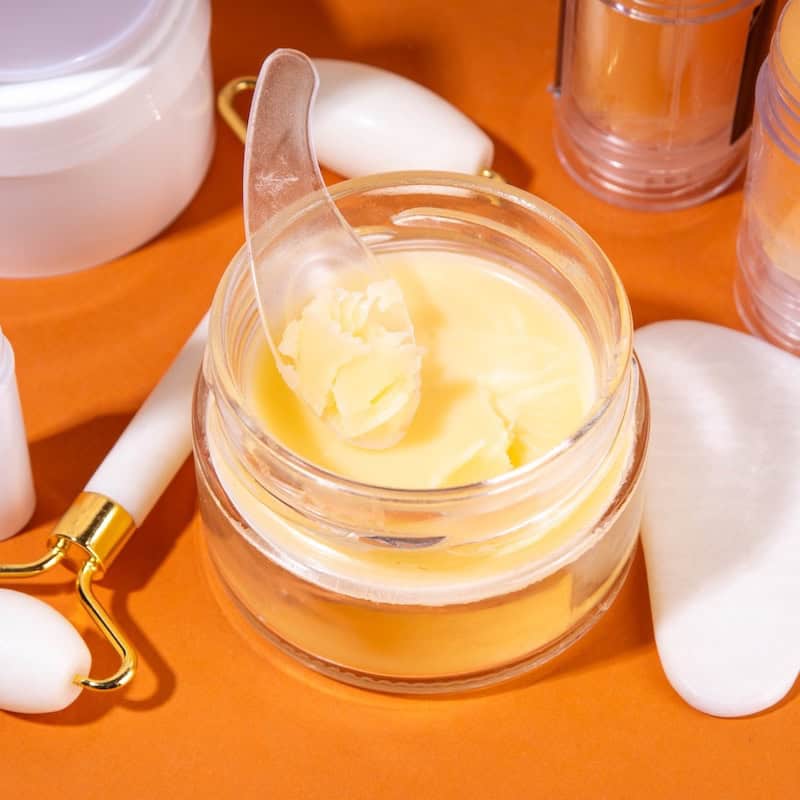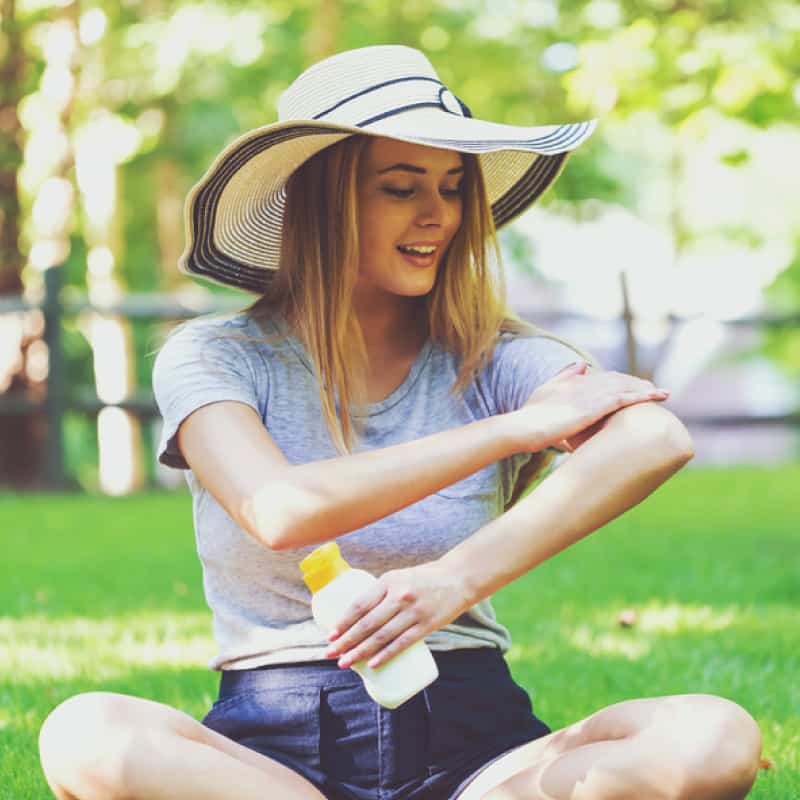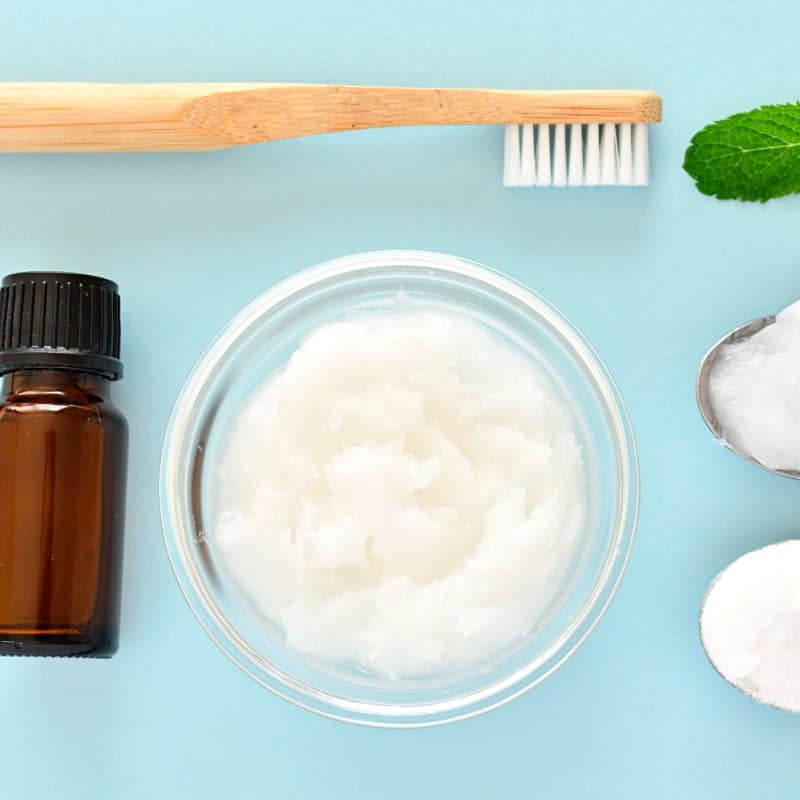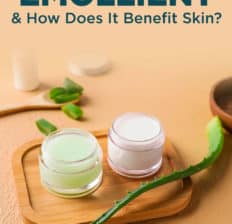This Dr. Axe content is medically reviewed or fact checked to ensure factually accurate information.
With strict editorial sourcing guidelines, we only link to academic research institutions, reputable media sites and, when research is available, medically peer-reviewed studies. Note that the numbers in parentheses (1, 2, etc.) are clickable links to these studies.
The information in our articles is NOT intended to replace a one-on-one relationship with a qualified health care professional and is not intended as medical advice.
This article is based on scientific evidence, written by experts and fact checked by our trained editorial staff. Note that the numbers in parentheses (1, 2, etc.) are clickable links to medically peer-reviewed studies.
Our team includes licensed nutritionists and dietitians, certified health education specialists, as well as certified strength and conditioning specialists, personal trainers and corrective exercise specialists. Our team aims to be not only thorough with its research, but also objective and unbiased.
The information in our articles is NOT intended to replace a one-on-one relationship with a qualified health care professional and is not intended as medical advice.
What Is an Emollient and How Does It Benefit Your Skin?
August 31, 2022

There’s more than one emollient out there. In fact, there are several natural emollients that you probably already use for your skin care routine.
Emollients are mainstays for dry, cracked and damaged skin. They are almost always used in moisturizers because they lock water into the skin while providing a protective barrier that keeps irritants out.
So what is an emollient, and why is it used in beauty products?
What Is an Emollient?
An emollient retains skin moisture while providing a barrier that protects it from irritants. Emollients are used in skin care and cosmetic products to soothe and hydrate the skin, make it softer, and improve conditions that cause dryness, itching and redness.
Emollients work by forming a thin hydrophobic film on the surface of the skin that repels water and prevents the loss of moisture. This is a different effect than that of humectants, which attract water vapor to moisturize the skin.
The major ingredients are similar, consisting of petrolatum, paraffin, glycerin, and plant-derived butters and oils. The lipids (or fats) in these ingredients fill the tiny cracks found in dry skin, smoothing out the surface.
Formulators use a combination of these ingredients to create skin care and cosmetic products meant for skin hydration. While people may think of an emollient as a moisturizer, and they use the terms interchangeably, an emollient is actually one ingredient used in a moisturizer in order to lock water into the skin.
Emollient Types/Varieties
Not every emollient affects the skin in exactly the same way. Some contain more fats or oil, while others work better to provide a skin barrier.
You’ll find emollients in many forms, such as creams, serums, lotions and ointments. The thicker and more fat-based the formula, the more it will serve as a barrier.
Some of the top emollients are:
1. Aloe Vera
Aloe vera contains fatty acids with soothing properties, antioxidant vitamins A, C and E that neutralize free radicals that contribute to aging, and enzymes with anti-inflammatory effects. It’s often used in skin care products to improve skin irritations and burns, hydrate the scalp, and treat cold sores.
2. Shea Butter
Shea butter is a popular emollient that’s used in creams, balms, body butters and hair masks. It’s rich in oleic acid, a fatty acid that softens skin and reduces wrinkles.
Shea butter can also be used to moisturize the scalp and hair, helping alleviate dandruff and provide a protective layer from irritants.
3. Coconut Oil
Coconut oil for skin contains three fatty acids that possess disinfectant and antimicrobial properties: capric, caprylic and lauric acid. These fats help prevent moisture loss through the skin’s pores, enhancing the skin barrier function.
Coconut oil also contains powerful antioxidants that reduce signs of aging because they fight free radial damage.
4. Rosehip Oil
Rosehip oil provides fats, antioxidants, and vitamins A, C and E. It promotes cell turnover and protects the skin from toxins and free radicals.
Rosehip oil is commonly used to reduce the appearance of age spots, help with conditions like eczema and stimulate collagen production.
5. Urea Cream
Urea cream is a go-to for dry, rough and even cracked skin. Urea is actually part of the skin’s natural moisturizing factor — it’s a component of the epidermis.
Synthetic urea is manufactured for topical creams to enhance skin integrity, smoothing out cracks and locking in moisture.
6. Bakuchiol
Bakuchiol is an extract from the leaves and seeds of the babchi plant. It has become known as the gentler alternative to retinol, commonly used to reduce fine lines and wrinkles.
It’s an emollient that has nourishing, anti-inflammatory effects and helps soothe rough, damaged skin.
7. Cocoa Butter
Cocoa butter is an ultra-hydrating emollient that has become a popular ingredient in commercial beauty products. It’s high in fat, like coconut oil, which allows it to prevent skin dryness and peeling.
Cocoa butter also contains polyphenols that help reduce signs of aging and improve skin elasticity.
8. Squalane Oil
Squalane oil is created from an antioxidant that makes up about 12 percent of the skin’s sebum. It’s high in fatty acids that’s able to penetrate and soften the skin.
Squalane oil face serums are used to reduce the appearance of wrinkles, fight acne and as an eczema treatment.
9. Beeswax
Beeswax is an excellent skin hydrator that’s rich in vitamin A and has anti-inflammatory effects. It has antibacterial effects and can be used to improve conditions like diaper rash, psoriasis and eczema. It may also help clear acne and reduce the appearance of stretch marks.
10. Jojoba Oil
Jojoba oil forms a protective oily layer on the skin’s surface that keeps the moisture in, thereby soothing rough patches and irritations. Jojoba is also considered noncomedogenic, meaning that it doesn’t clog pores.
In addition to being used as a skin hydrator, jojoba serves as an alternative to shaving cream, helps get rid of dandruff and may speed up wound healing.
Benefits
1. Improves Dry, Cracked Skin
Emollients are most commonly used for their moisturizing effects, and studies show that they are indeed beneficial for helping the skin retain moisture.
Research published in the American Journal of Clinical Dermatology indicates that emollients help break the dry skin cycle and maintain the smoothness of the skin. People with dry, flaking and cracked skin can benefit from applying an emollient topically to the area of concern.
Another study published in Nursing Older People found that for aging skin, emollient therapy can help reduce both dryness and loss of the skin’s barrier function.
2. Reduces Signs of Aging
Research shows that emollient products are able to improve photodamage and smooth out fine lines and wrinkles. One study found that applying fatty acids to the skin improved hydration, barrier function and skin pH. After 28 days of treatment, a lipid-containing moisturizer significantly reduced wrinkles and improved texture.
3. Relieve Skin Irritations
Emollients are commonly used in the treatment of several dermatological conditions and skin irritations.
A 2018 study published in PLoS One concluded that emollients worked as a preventative tool for infants at high risk for developing atopic dermatitis.
Research also indicates that emollients have anti-inflammatory activity, provide relief from irritation and may improve skin disorders, including psoriasis, keratinization and xeroderma.
How to Use
Emollients are available in many forms. You’ll find them in just about every skin moisturizer, including ointments, creams and lotions.
To use an emollient, you simply apply it to clean skin, usually once or twice daily.
You can also use an emollient on your scalp and hair. Simply massage it into your scalp and tips of your hair strands. Depending on the product, it’s rinsed out afterward or serves as a leave-in moisturizer.
Want to make your own moisturizer with an emollient. Try this Homemade Lotion Frankincense, Lavender and Peppermint Oils.
Risks and Side Effects
There are several types of emollients available, and they are often combined with other ingredients in a skin care product. While applying an emollient topically is considered safe for most people, it is possible to experience side effects, such as irritation, redness and stinging. If you notice any of these adverse effects, stop using the product immediately.
Conclusion
- An emollient retains skin moisture while providing a barrier that protects it from irritants. Different types are used in skin care and cosmetic products to hydrate and soothe the skin.
- Emollients are used to moisturize the skin, improve eczema symptoms and other skin disorders, reduce wrinkles, and make the skin softer.
- Looking for an emollient to use at home? Try coconut oil, jojoba oil, aloe vera, beeswax or urea cream, just to name a few.










